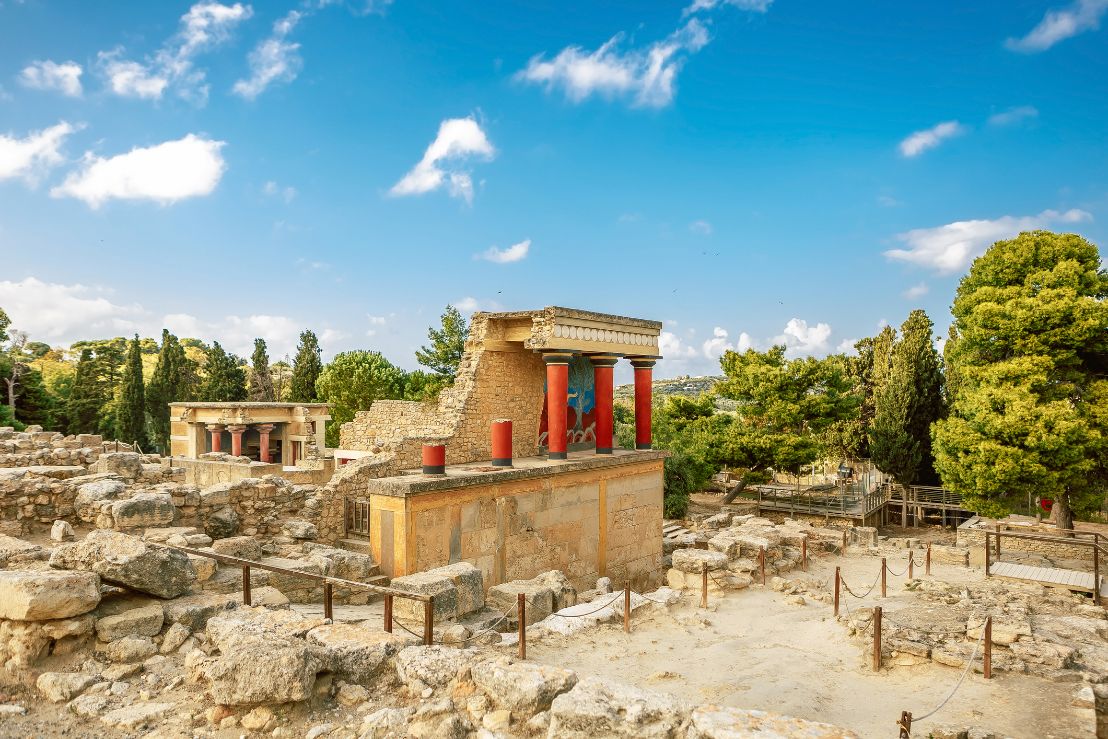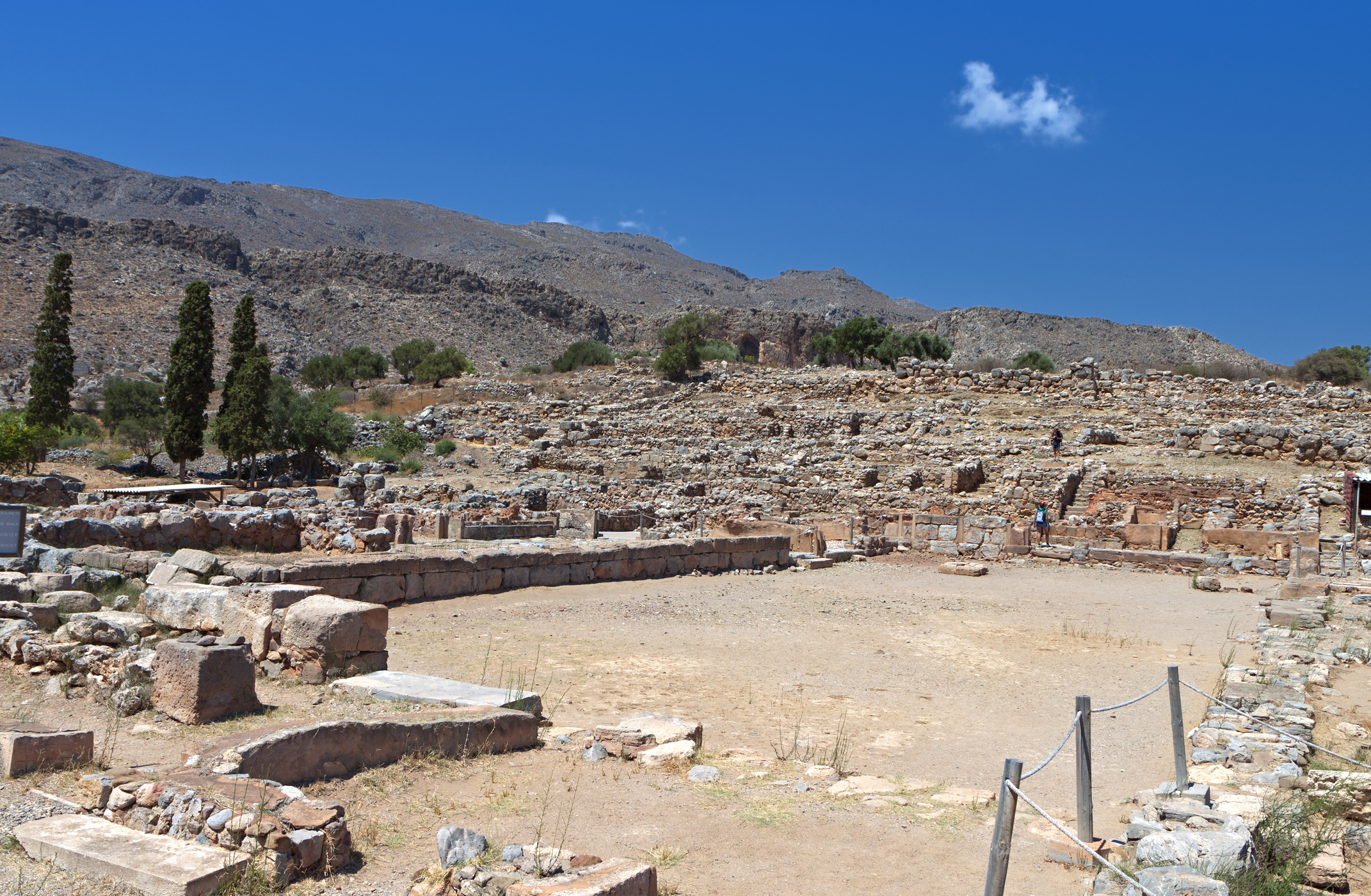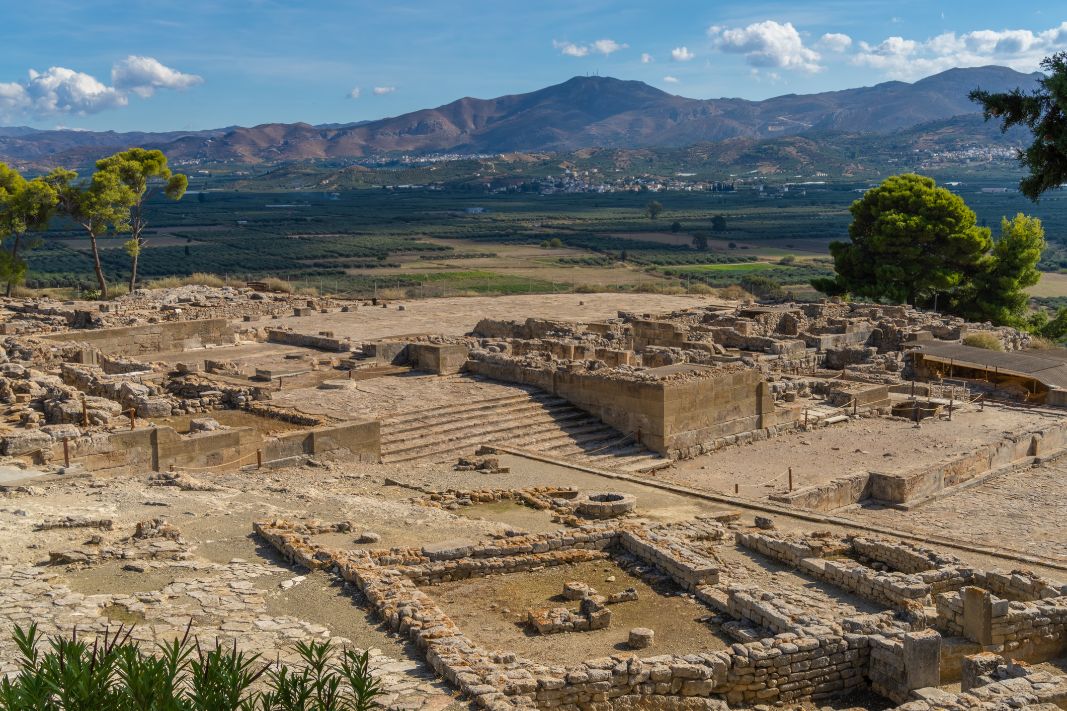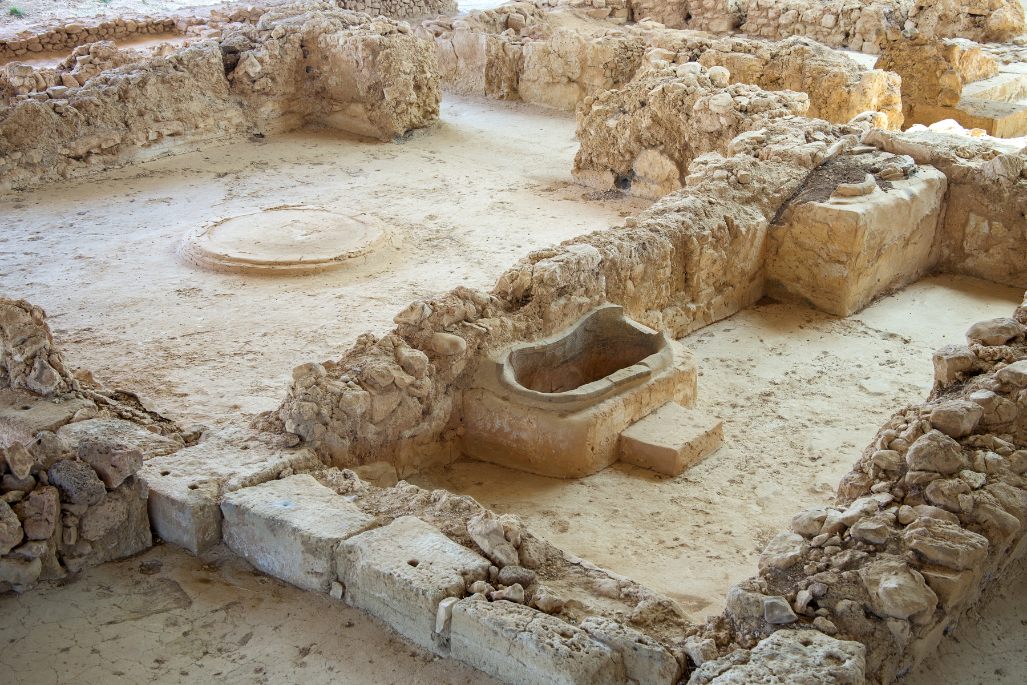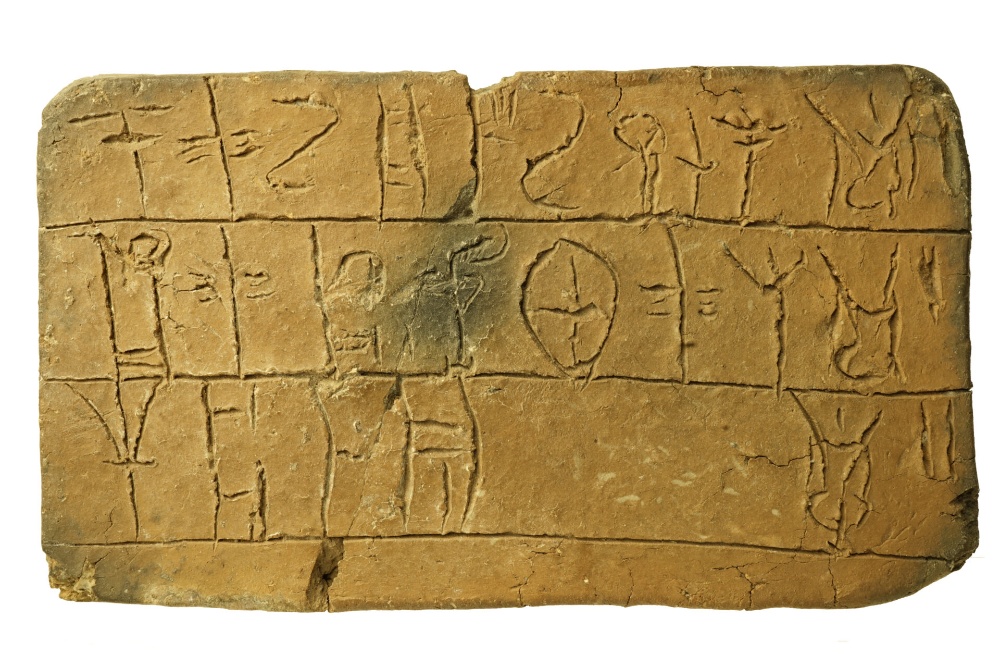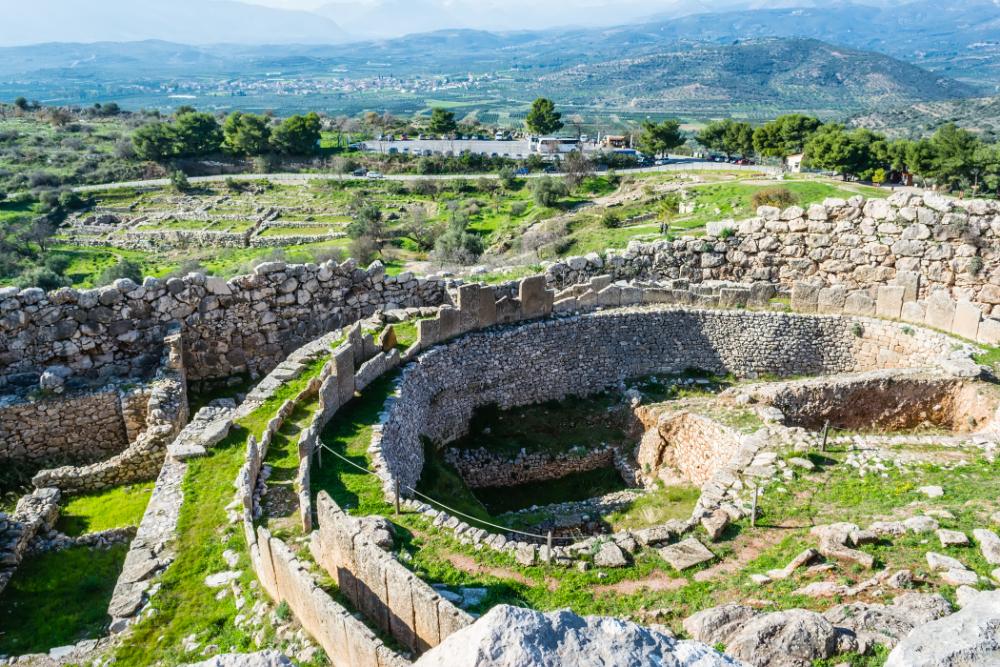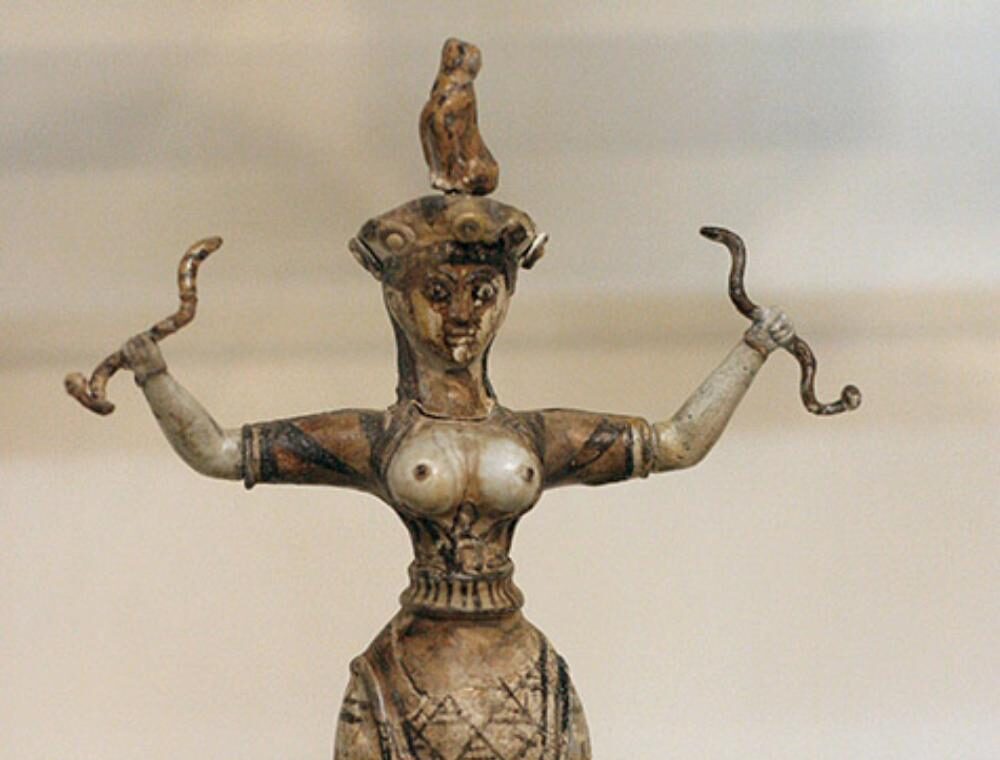Examining the Factors Behind the Fall of the Minoan Palace
During the Bronze Age (circa 2000–1400 BC), Knossos was the administrative and cultural center of the Minoan civilization, known for its advanced architecture, vibrant frescoes, and extensive trade networks. However, the sudden decline of the palace remains one of the greatest archaeological mysteries.
One leading theory links the collapse to the Thera eruption, a massive volcanic event on Santorini around 1600 BC. While Knossos itself was not directly buried under ash, tsunamis and climate disruptions could have severely weakened the Minoans’ economy and food supply, making them vulnerable to external threats.
Excavations at Knossos reveal layers of fire damage and destruction, suggesting that the palace may have been razed by conflict. By 1450 BC, Mycenaean Greeks from mainland Greece had taken control of Crete, as evidenced by the presence of Linear B script, a writing system used by the Mycenaeans. This suggests that Knossos may have been overtaken by force or political assimilation.
Some scholars propose internal strife or economic decline as contributing factors. A society dependent on extensive trade may have struggled with disruptions caused by natural disasters or regional instability.
Despite its fall, Knossos remains a vital link to the earliest European civilization. Ongoing research continues to uncover new evidence, but the true cause of its downfall remains a subject of debate among archaeologists.

